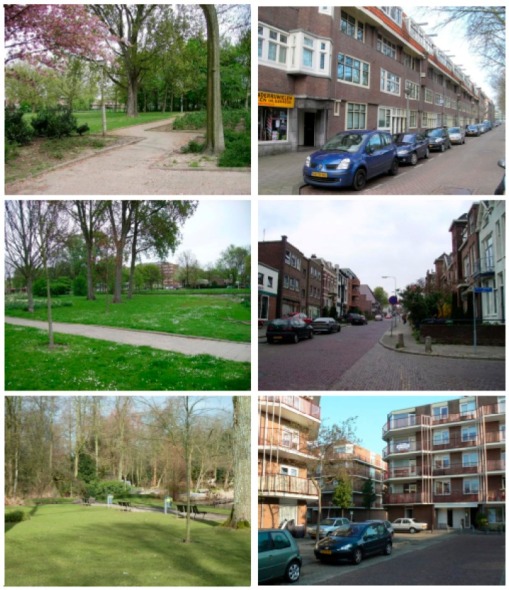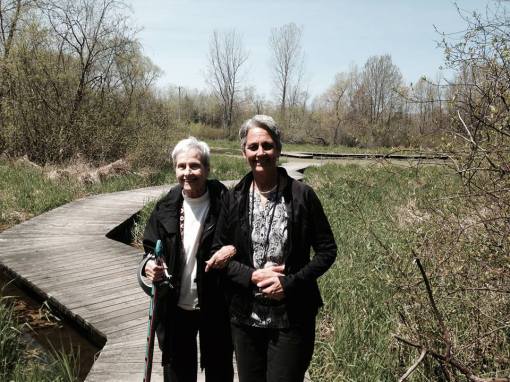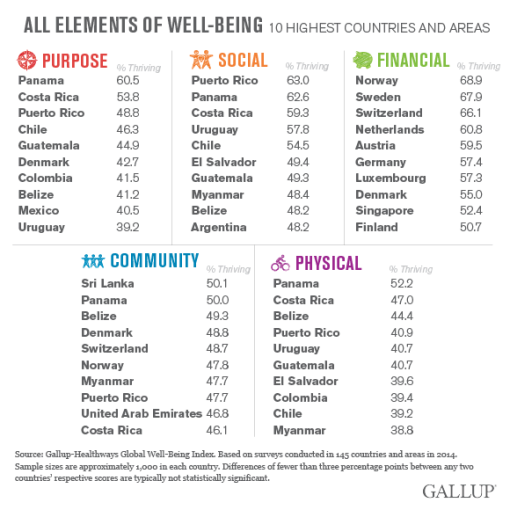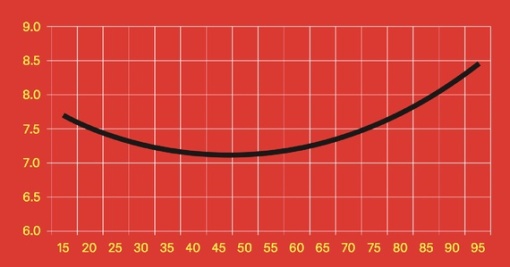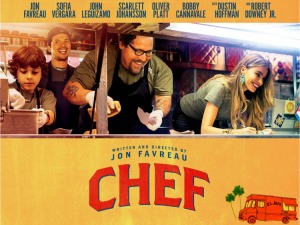
I recently finished reading Charles Dickens’ marvelous novel Bleak House. I was part of an online discussion group sponsored by the Catherine Project, a forum for studying books that have “richness, depth, and lasting value.” Every Tuesday for 20 weeks, 8 or 9 of us from all around the US and Canada met to talk about three or four chapters. It was nice that such a wide variety of people, each with a unique perspective, life story, and knowledge base, reflected together on a classic text. I decided to write down a few things that struck me about the book and share them here.
Bleak House, like pretty much all of Dickens’ novels, was set in nineteenth-century England, a time of great social upheaval. Often, his novels highlighted some social ill or injustice—child labor, unhealthy environmental conditions, a rigid class system, the debilitating effects of poverty. In Bleak House, the most prominent target of Dickinsonian scrutiny is Chancery Court, which dealt with issues such as wills, mortgages, and trusts. Central to the novel is the Chancery case of Jarndyce vs. Jarndyce, a complex case that dragged on for years and engaged a multitude of lawyers, but without resolution. In the first chapter we’re told that the case “has stretched forth its unwholesome hand to spoil and corrupt” a wide variety of people.” I like Dickens’ description of the harmful effect on those who have only incidental contact with the case:
“[E]ven those who have contemplated its history from the outermost circle of such evil have been insensibly tempted into a loose way of letting bad things alone to take their own bad course, and a loose belief that if the world go wrong it was in some off-hand manner never meant to go right.”
It’s so easy for the social ills we live amidst to make us apathetic and cynical. I appreciate the caution to be on guard against such an outcome.
The character most directly impacted by Jarndyce vs. Jarndyce is Richard Carstone, a ward of the court sent at the beginning of the novel to live with John Jardyce, a distant cousin who is also party to the suit. Richard is amiable but irresponsible. As adulthood approaches, he tries his hand at several possible careers, going through a considerable sum of John Jarndyce’s money in the process. He can’t muster much of an interest in anything except the Chancery suit and its promise of riches, though. He starts reading documents from the suit and becomes convinced that its outcome will make him wealthy. Eventually, he gives up every other pursuit to research the case, attend court, and huddle with his lawyer, who encourages this preoccupation and convinces him that it’s in his interest to spend all his money on legal fees. Though John Jarndyce does everything he can to distance himself from the suit, Richard ruminates on the possibility that John Jarndyce’s professed indifference to the outcome is a front for pusuing his own welfare at Richard’s expense. It’s a sobering account of how suspicions can destroy a relationship. At one point, Richard describes his thoughts about John Jarndyce as follows:
“Whereas, now, I do declare to you that he becomes to me the embodiment of the suit; that, in place of its being an abstraction, it is John Jarndyce; that the more I suffer, the more indignant I am with him; that every new delay, and every new disappointment, is only a new injury from John Jarndyce’s hand.”
This shows wonderful insight into one aspect of how we react to our welfare being threatened. Identifying an impersonal or abstract injustice never satisfies; there’s an urge to personalize it, to find someone responsible. Once a nefarious mastermind is identified, every slight, indignity, or disappointment gets related to that source, thus building the offense to monstrous proportions.
Richard ends up deteriorating physically, emotionally, and mentally. Esther, one of the novel’s two narrators, goes to dinner at his house and is startled by what she sees:
“I found Richard thin and languid, slovenly in his dress, abstracted in his manner, forcing his spirits now and then, and at other intervals relapsing into a dull thoughtfulness. About his large bright eyes that used to be so merry, there was a wanness and a restlessness that changed them altogether. 1 cannot use the expression that he looked old. There is a ruin of youth which is not like age; and into such a ruin, Richard’s youth and youthful beauty had all fallen away.”
Richard had pursued the suit, but it ends up pursuing him, consuming his attention and replacing all other axes of importance. Augustine suggested that habits, if repeated often enough, become vices, which then become progressively more ingrained, so that the person’s will is eroded and they are totally captured. Dickens describes the process well in his account of Richard’s progressive preoccupation with Jarndyce vs. Jarndyce. I’m struck by the idea of “a ruin of youth that is not like age.” What a tragedy it is to be consumed by such ruin!
An essential element in Richard’s deterioration is the narrative he constructs about himself and the world. According to the story he tells himself, he’s incapable of giving his full attention and effort to any of the careers he dabbles in. None of them matter anyway, since he is likely to be rich one day when the suit is settled. His best course of action is to devote all is attention to the suit. Anyone else involved in the suit has interests contrary to him and is thus an enemy.
Richard isn’t the only character who lives according to a narrative that doesn’t fit well with the external realities that others see. In other cases besides his, the results are tragic or destructive (for example, Lady Dedlock and Mrs. Jellyby). Though the reader and other characters can see the discrepancy between what the person says and the truth, these narratives are highly resistant to change. Thus, too, with us. The stories we tell ourselves can be either gift or curse. Distorted stories can lead to waste, failure, unhappiness, and ruin. Yet we can’t see what we are doing to ourselves.
Those with inaccurate narratives can be doomed to miserable lives, as with with most such characters in Bleak House. But there are exceptions. I’ll end with one such exception. George is a retired soldier who scrapes by trying to run a shooting gallery. He’s a good man, kind and generous, but that’s not how he sees himself. As he tells his creditor:
“I ought to have been a good son, and I think I meant to have been one. But I wasn’t. I was a thundering bad son, that’s the long and the short of it, and never was a credit to anybody.”
We eventually learn what George feels so guilty about. He joined the military against his mother’s wishes. He didn’t write home at first, planning to do so when he was promoted to officer. However, the promotion never came. Out of shame, he never wrote, and failing to do so increased his shame. So his narrative is that he was a bad son who hurt his mother, who he’s sure was hurt but has come to terms with his loss, and the best he can do is to stay away from family so as to not open old wounds. He hides his background from others to keep information about him from getting back to his family. Eventually, he’s imprisoned on suspicion of a crime. Though innocent, he refuses to get a lawyer, planning to just tell the truth and, if convicted, accepting the punishment, since he’s a wrongdoer in other regards.
This is his story. Fortunately, his family friends the Bagnets decide to help. Mrs. Bagnet has figured out who is mother is, and sets out to tell her of her son’s plight. She returns to London with his mother. The reunion of George and his mother is to my mind the most touching scene in the novel. Here’s the start of it:
“George Rouncewell! O, my dear child, turn and look at me!”
The trooper starts up, clasps his mother round the neck, and falls down on his knees before her. Whether in a late repentance, whether in the first association that comes back upon him, he puts his hands together as a child does when it says its prayers, and raising them towards her breast, bows down his head, and cries. . . .
“Mother,” says the trooper, when they are more composed; “forgive me first of all, for I know my need of it.”
Forgive him! She does it with all her heart and soul. She always has done it. She tells him how she has had it written in her will, these many years, that he was her beloved son George. She has never believed any ill of him, never. If she had died without this happiness–and she is an old woman now, and can’t look to live very long–she would have blessed him with her last breath, if she had had her senses, as her beloved son George.
This is unconditional love, total love, unending love, and it has its effect. George is changed from that time on—not completely different, but receiving the restoration offered and living in gratitude for it. This is the story of the prodigal son. Like Richard and George, we are all prone to telling false stories about ourselves. Would that we all had our folly corrected with such tenderness and care.


